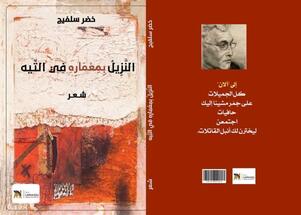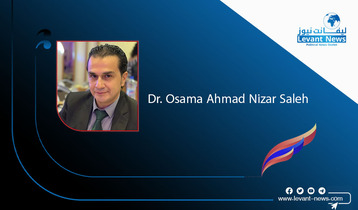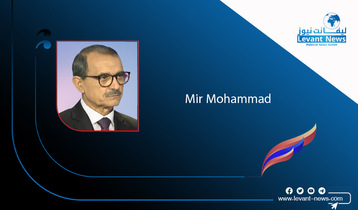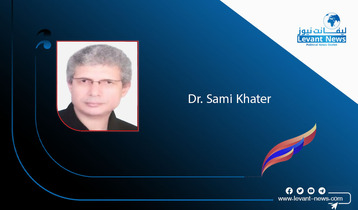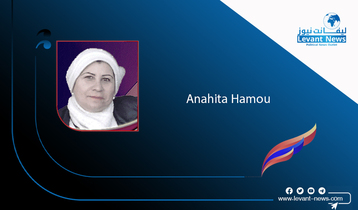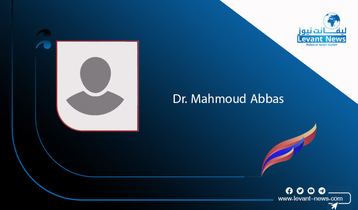-
Multiplicity of Systems in Tania Haberlund's Poetry
-
The Body, Space, the Sacred, and Identity: Maps Distributed Across a Canvas Named Skin
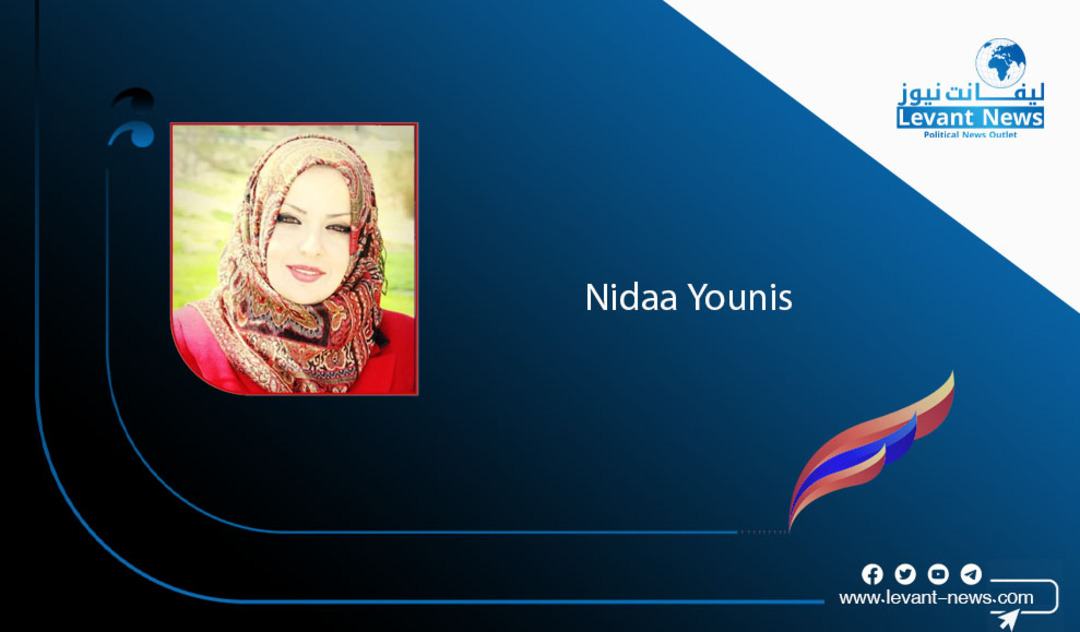
This writing does not come from a distance, but from the body, from the scar, from the maze. Her poetry resembles touch: real, troubled, warm, and cold at once. In these worlds she weaves, cultures intersect, identities are laid bare, and mythology rises not as mere fable but as a dense emotional state inhabiting reality. Tania Haberlund, a water poet of triple nationality (German-South African-Mauritian), listens to the contradictions of the human experience, yet she uses language as both a tool for revelation and a means of survival. For her, poetry is the body as it transforms into identity, the sacred as it collapses, and identity as it disintegrates. In her world that rejects boundaries, poetry remains at the heart of personal, cultural, epistemological, and existential tensions, striving to provoke grand questions. Her voice intersects with postcolonial, feminist, and contemporary cultural critiques, making her poetry a living laboratory for understanding the self and the world, where poetry— as Paul Valéry puts it— becomes a necessity rather than a luxury.
Haberlund's poetry is characterized by its ability to dismantle cultural certainties and replace them through its deep engagement with the systems of the body, space, the sacred, and identity. She does not just write poetry; she dismantles certainty. Here, the tangible intersects with the metaphysical, and language becomes a body, transitioning between the islands where the poet grew up, the deserts that swallowed her alienation, and the languages that quarrel within her over meaning. Thus, her poetry does not seem like a voice, but echoes: of memory, exile, water, uncertainty, and transformations. Therefore, through reading Haberlund's poetry through the lens of cultural systems, we can unveil the deep structures that do not scream in the text but whisper within it, moving beneath it, shaping its emotional and symbolic architecture, which is not neutral, as it dictates, conceals, and fences meaning, acting as implicit molds that govern discourses. The system is not merely a context, but a entity that evades, hides in metaphor, and reveals moments of tension and fracture; thus, it is not merely a backdrop but a hidden agent— as Said Benkrad states— manifesting in metaphorical images, symbolic relationships, and profound conceptions, determining the ways of representing the body, identity, language, and power. Therefore, it enables us to understand poetry as a process of dissecting the complex human reality, deconstructing and rewriting it, and comprehending cultural differences.
In her collection "Hyphen – Dash,” most of which I have translated, an analytical critique of the discourse reveals a complex network of these structures through several central systems: the system of the body, the system of space, the system of the sacred, the system of identity, and the system of water. In each of these systems, the poet dismantles what is familiar to tell us: nothing is fixed—neither the body, nor the homeland, nor the sacred, nor even language. Everything is transition. And every transition is a poem.
**The System of the Body – Writing from the Eros to the Cosmic**
The body occupies a central place in Haberlund's poetry, not merely as a subject of discourse but as a means of perceiving the world. Here, the body operates not just as a biological organ but as memory and experience, maps distributed across skin. Haberlund writes as if language grows beneath her skin: "I hide the inscriptions with bold strokes of hope and memory / on a canvas that is my skin." Thus, the body, which is boundaries— traversed by tongue and nations, and the hands we do not choose— transforms into exile, a fragmented homeland, and maps written upon the skin, becoming a document engraved with the politics of identity, race, gender, and violence. It turns into a space for tensions, a structure charged with symbols and cultural concepts, a memory speaking from pores and history, not "the black books," as it becomes a field for the resistance of beauty and experience transcending time. In this context, we do not read just about the body; we pass through it, as we pass through burnt skin that speaks, remembers, groans, and screams within language.
Here, the female body is reclaimed as a field of resistance to cultural systems that seek to domesticate or subjugate it, and female mythological symbols like Persephone and Inanna emerge to offer poetry a mythical and political dimension, transforming femininity into more than just a body or social role. It is a rebellious cosmic force, a presence that transcends social expectations and prevailing cultural concepts. Thus, the woman in her texts is not merely a being in pain; she is an entity that revolts, is resurrected, and narrates the world from an unquenchable.
Nidaa Younis
Tags
You May Also Like
Popular Posts
Caricature
BENEFIT Sponsors Gulf Uni...
- April 17, 2025
BENEFIT, the Kingdom’s innovator and leading company in Fintech and electronic financial transactions service, has announced its sponsorship of the “Innovation and Sustainable Technology Solutions Competition (GU - IST Solutions), hosted by Gulf University at its main campus.
This strategic sponsorship reflects BENEFIT’s active role in advancing technological innovation and fostering sustainable solutions to future challenges. It also seeks to empower Bahraini youth by enhancing their skills, capabilities, and competitiveness in innovation and solution development—contributing meaningfully to the broader goals of sustainable development across all sectors.
As part of BENEFIT’s active involvement in the competition, the company has announced that Hanan Abdulla Hasan, Senior Manager of Public Relations and Communication, will serve on the competition’s supervisory committee. Her upcoming participation reflects BENEFIT’s forward-looking commitment to championing academic and professional excellence.
Commenting on the occasion, Hanan Abdulla Hasan, Senior Manager of Public Relations and Communication at BENEFIT, said, “We are privileged to support this pioneering initiative, which aligns seamlessly with BENEFIT’s enduring commitment to fostering innovation and nurturing the potential of Bahrain’s youth. Our participation is rooted in a deep sense of social responsibility and a firm belief in the pivotal role of innovation in shaping a sustainable future. Through such platforms, we seek to empower the next generation with the knowledge, skills, and foresight required to develop impactful solutions that address future challenges, in line with the United Nations Sustainable Development Goals 2030.”
Dr. Aseel Al Ayash Dean of the College of Engineering in Gulf University commented, “We extend our sincere gratitude to BENEFIT for their generous sponsorship and support of the Innovation and Sustainable Technology Solutions Competition. This contribution plays an instrumental role in helping us achieve the strategic goals of this initiative, namely, cultivating a culture of innovation and sustainability, encouraging efforts that address the imperatives of sustainable development, and enhancing the practical and professional capabilities of our students and participants.”
The event will bring together a diverse spectrum of participants, including secondary school students, university undergraduates, engineers, industry professionals, entrepreneurs, academic researchers, and subject matter experts representing a wide range of disciplines.
The competition seeks to inspire participants to develop and present innovative, sustainable technologies aimed at addressing pressing environmental, social, and economic challenges. It encourages the formulation of business models that integrate advanced technological solutions with core principles of sustainability. Moreover, it serves as a platform for emerging leaders, entrepreneurs, and innovators to contribute to the advancement of the Sustainable Development Goals, promote the ethos of responsible technology, and demonstrate its transformative potential across various sectors.
Attendees will have the opportunity to view a series of project presentations submitted by participants, covering diverse areas such as eco-friendly product design, smart and sustainable innovations, renewable energy technologies, water conservation and management, waste minimisation and recycling, green architectural solutions, and sustainable transportation systems. Outstanding projects will be formally recognised and awarded at the conclusion of the event.
opinion
Report
ads
Newsletter
Subscribe to our mailing list to get the new updates!

